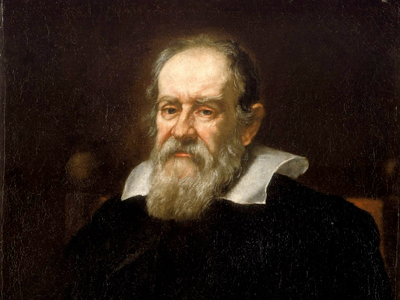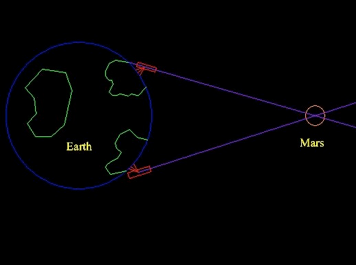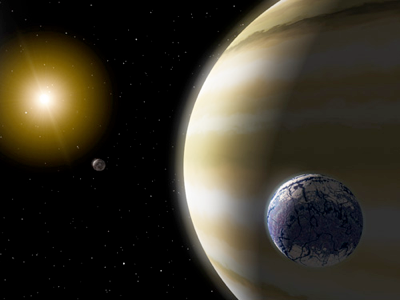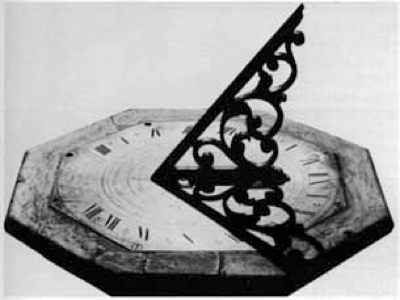Archive for January, 2010
Galileo video
Monday, January 25th, 2010

Monday 25th January 2010
David Mannion has placed the first of a series of videos on YouTube covering the history of astronomy, from Galileo to the present day. The video is entitled “Galileo and 400 Years of Telescopic Astronomy” and you can view it by clicking on the link.
Measuring the Distance to Mars
Monday, January 18th, 2010

Monday, 18 January 2010
John Clark has contacted the Club seeking help with measuring the distance to Mars by parallax, at and around the forthcoming opposition on January 29th.
To do this requires imaging from different continents, and John already has interest from two sites in the UK and South Africa.
If you’d like to get involved, then visit his web site for more details: http://www.johnclarkastronomy.co.uk
Keith Tritton – “Extrasolar Planets”
Wednesday, January 13th, 2010
Wednesday 13 January 2010
It is important to know how our own solar system was formed in order to understand how planets may form around other stars. Keith showed diagrams of the large clouds of gas circling the early sun in spirals that slowly condensed into the rocky Earth-like planets and the gas giants such as Jupiter. The division between these two types of planet is known as the Frost Line. In our solar system, the giant planets are kept at a healthy distance from the sun. However, as was pointed out later, there are many extra solar planets of Jupiter mass that are significantly closer to their parent star.
How were these planets discovered? Keith creatively used a number of “props” to show us how these objects have been detected by inference rather than direct observation which is very challenging. Any object that orbits a star will induce a slight wobble in the star (illustrated with a small rubber ball and football respectively). The star’s wobble will cause a shift in its spectrum due to the Doppler effect – modern spectroscopy is highly sensitive and can detect this slight movement without too much difficulty. So the first extra solar planet (orbiting 51 Pegasi) was detected in 1995. Many more have been discovered using this technique since then. Another approach is to measure the slight dimming of the star’s light when a planet transits. This requires extremely accurate observations to detect a tiny drop in starlight, but it works and has even been reproduced by amateurs. It would of course be desirable to image the planets directly and there have been some reports of just that, with convincing movement of tiny dots of light around artificially obscured starlight detected by imaging over several months. This is more readily achieved using infrared light where the balance between the brightness of the planet and star is more favourable than in visible light.
As mentioned before, the number of discoveries is increasing almost daily and can be checked on the Extrasolar Planets Encyclopaedia website, which is a rich source of information on extra solar planets.
The launch of NASA’s Kepler space telescope last year has already yielded a new crop of extra solar planets with many more to come. Most importantly it will be possible to detect planets with a similar mass to our earth. Currently most of the planets have been Jupiter sized or greater and as mentioned earlier, are sometimes found very close to their parent star. This is in stark contrast to our own solar system, prompting some discussion about how typical we are in this respect. It also raises the question of whether our model of solar system formation is actually correct.
This talk certainly gave us food for thought. Since this is such a hot area of astronomy, we fully expect there to be many more fascinating discoveries by this time next year.
January Meeting Reminder
Wednesday, January 6th, 2010

Wednesday 6th January 2009
Don’t forget that the January meeting is a week later than usual, on Wednesday 13th January.
Keith Tritton, president of the club and until recently with the Open University, will talk about extrasolar planets. The number of known extrasolar planets has now passed the 400 mark. How are they being found? What are these planets like? Will we ever find a twin to the Earth?
St Neots Astronomy Association Meeting
Monday, January 4th, 2010

Monday, 4 January 2010
The January meeting of the St Neots Astronomy Association will include a talk by Leonard Honey about sundials.
The meeting will be held at Paxton Pits Nature Reserve Visitor Centre, Hight Street, Little Paxon, from 19:00. If the sky is clear there will also be an observing session afterwards.